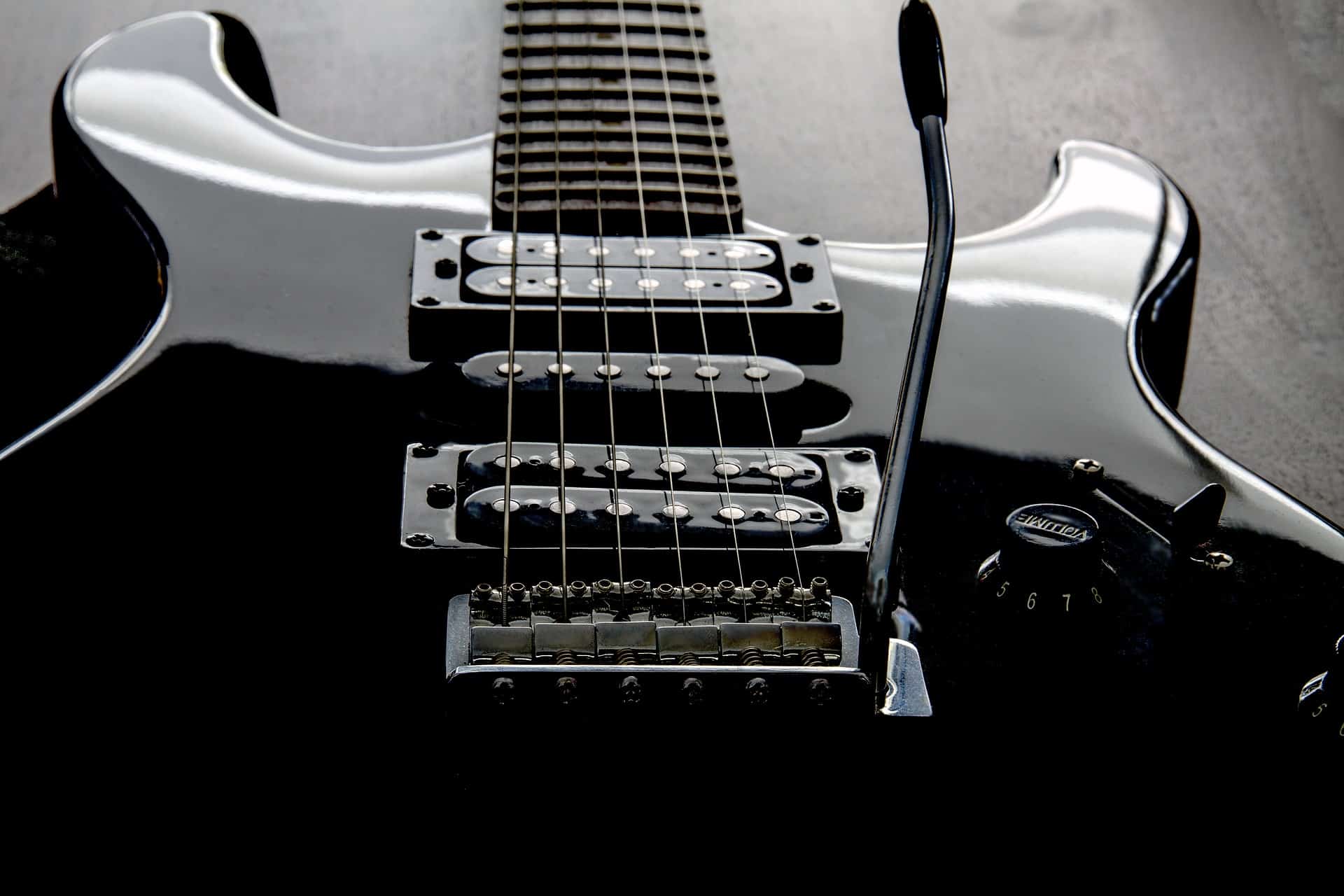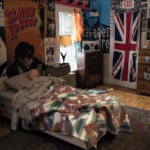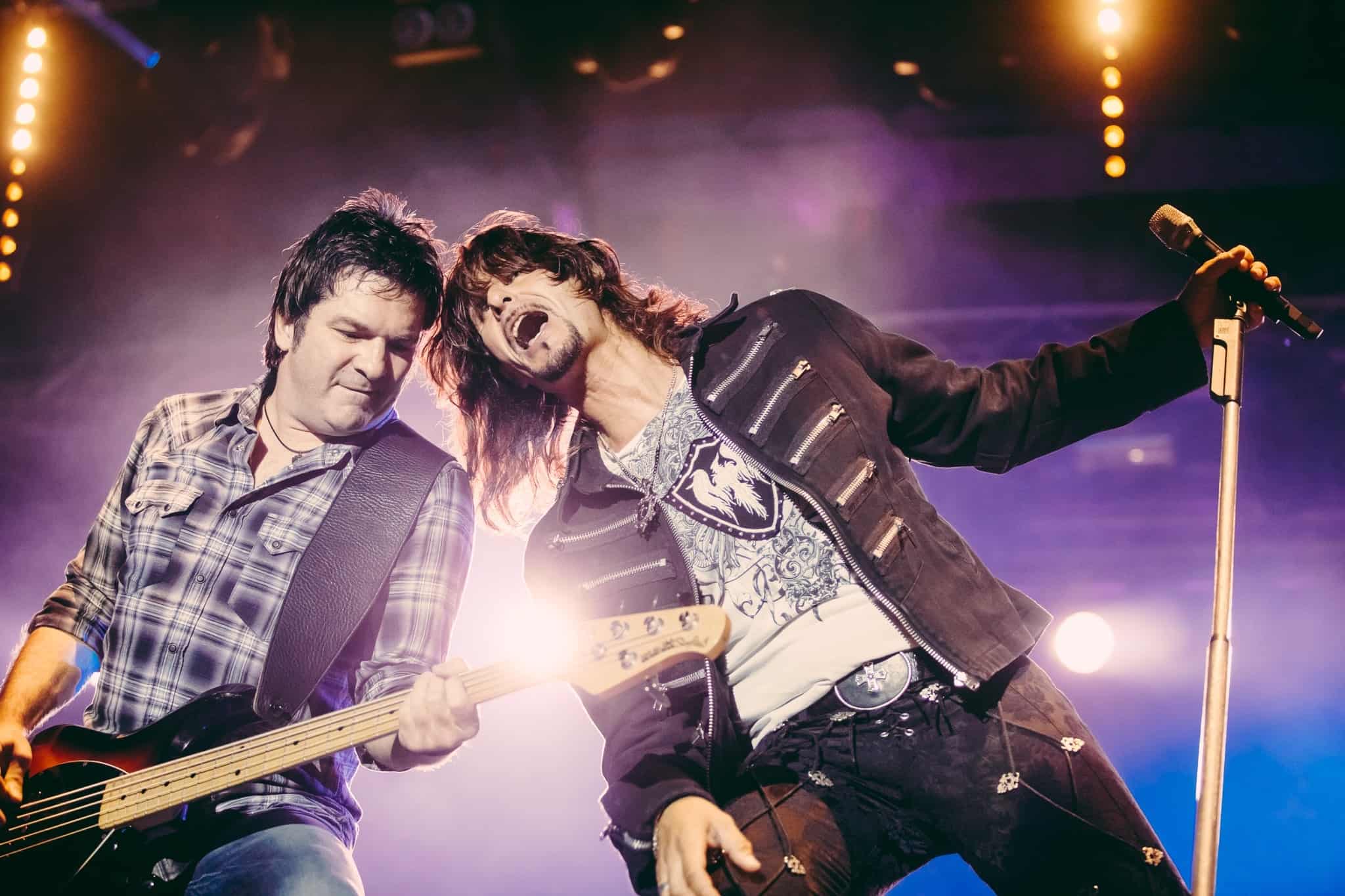David Bowie was always ahead of the times and he changed styles more than almost any artist in the history of pop music – from his Ziggy stage to the Berlin era to MTV icon. One constant, however, is that Bowie worked with some of the best guitarists in the world. Some are virtually unknown to most (Carlos Alomar and Earl Slick) and some regarded as the best of the best (Robert Fripp and Adrian Belew). However, most surprising was his selection of Texas Blues guitar icon Stevie Ray Vaughan who was asked to play on Bowie’s 1982 album Let’s Dance. Not long after, Stevie would become one of the most famous guitarists in the world. As usual, Bowie was ahead of his time.
Mick Ronson
Best known for his work with Bowie, Mick Ronson appeared on five consecutive albums from 1970-1973 (The Man Who Sold the World, Hunky Dory, The Rise and Fall of Ziggy Stardust and the Spiders from Mars, Aladdin Sane and Pin Ups). However, he did not appear on the follow up album from 1974 – Diamond Dogs. Ronson is also known for his co-production with Bowie on Lou Reed’s Transformer album – where he also played guitar.
Earl Slick
First hired by Bowie to replace Mick Ronson on the Diamond Dogs tour in 1974. Slick’s first appearance on a Bowie record, in fact, was 1974’s David Live album. Slick then played on Bowie’s next two albums – 1975’s Young Americans and 1976’s Station to Station. He would re-join Bowie in 1983 for the Serious Moonlight Tour to support Let’s Dance as a last-minute replacement for Stevie Ray Vaughn. Slick would reappear with Bowie on Heathen (2002), Reality (2003) and The Next Day (2013).
Earl Slick also played guitar on John Lennon’s 1980 Double Fantasy album as well as the posthumous Milk and Honey in 1984. He would also join up with Slim Jim Phantom and Lee Rocker from the Stray Cats to form Phantom, Rocker and Slick.
Carlos Alomar
Born in Puerto Rico, Alomar played on more Bowie albums than any other guitarist. Beginning in 1975 with Young Americans, he played on 11 Bowie studio albums – including the Berlin Trilogy of Low (1977), “Heroes” (1977) and Lodger (1979). In addition to his work with Bowie, he worked with Iggy Pop on The Idiot and Lust for Life as well as collaborations with Mick Jagger and Paul McCartney.
Stevie Ray Vaughan
Bowie met Vaughan in 1982 at the Montreux Jazz Festival where Vaughan performed with his band Double Trouble. At this point, Vaughan was well known in his home state of Texas and in blues circles but was far from a national star. That began to change when Bowie invited Stevie Ray to play on his next album that became the multiplatinum success Let’s Dance. Vaughn played on 6 of the 8 tracks including the hits “Let’s Dance” and “China Girl.”













